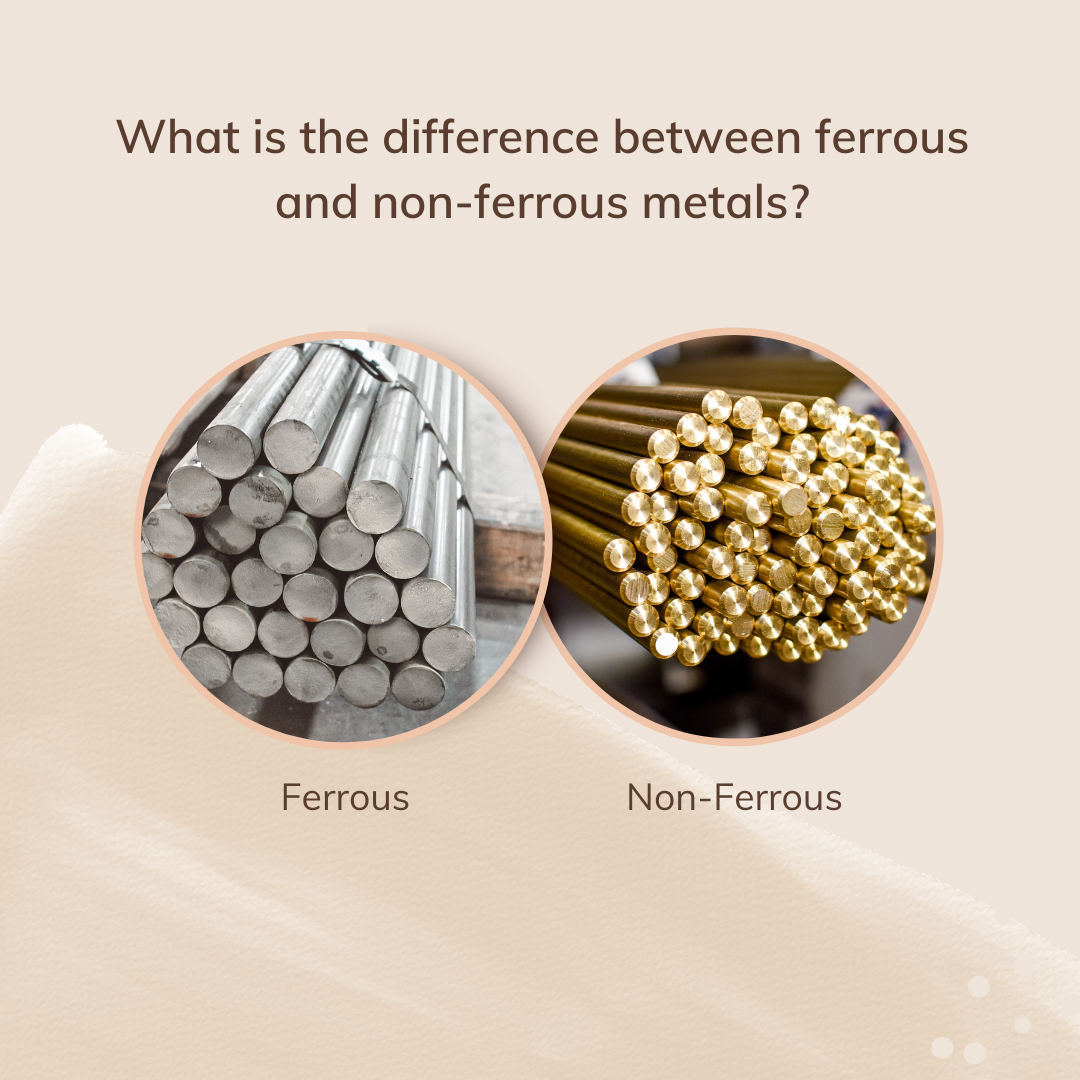For many thousands of years, metals have defined and marked the progress of humankind. Rarely can one find any single material, ideology or government that has been as significant in helping man control his environment. Beginning with the Stone Age leading to Bronze Age which made way for the Iron Age through to the modern Steel Age, metal has been at the center of human progress from cookware to warfare, from agriculture to technology.
The Stone Age, a time period that lasted 3.4 million years ending roughly at 5,000 BC. is marked by the first use of tools, made from chipping and splitting flint into sharp edges. Toward the end of this time period came the first discovery of metal, gold gleaming in the low beds of streams. Easy to obtain by merely picking them up, these bright nuggets were malleable, but were of little use for daily life as a weapon or tool. Instead, gold tended to be used for ornamentation and decoration, very much like today.
The Copper Age or the Chalcolithic Period came between 5,000 and 3,000 BC. It was a time of man’s first practical use of metallurgy, the discovery that copper becomes harder and stronger when forged. Hammered into knives, copper was strong enough to cut fish or to use in agriculture, but not tough enough to use as a weapon or cut into a hide. It was quite by accident that hammering native copper transitioned into the extraction of copper from copper sulfide minerals. Some historians claim that this discovery happened when ore was accidentally dropped into a cooking fire; others assert that copper was produced in early pottery kilns. This discovery by early metallurgists expanded the amount of the material available and the variety of ways in which the metal could be used.
The Bronze Age began when it was discovered that by mixing the ores of tin and copper, the result is bronze, an alloy stronger than its individual components. Bronze could be both poured or cast into shape, or it could be forged. It could take a sharper edge and hold it longer. Unlike the metals discovered before it, bronze could be used both as a weapon and a tool, considered one of the most important advancements in human development. It was also used for armor and as architectural accents.
Following the Bronze Age came the Iron Age at about 1500 BC. Its earliest name was literally translated as “stone from heaven” in several languages because the first iron originated from fallen meteorites weighing from several ounces up to several tons. Easier to find and more plentiful than copper, people in parts of western Africa and southwestern Asia discovered the ore in the form of dark-silvery rocks sticking out of the ground. The first extraction of iron, like copper, is thought to have come accidentally, perhaps from a fire burning next to a spot rich in iron oxide deposits. What remained once the fire cooled was iron sponge that could be hammered into spears, arrow tips, and knives as well as other farming tools such as sickles and plough tips. The use of wrought iron gained popularity in the 8th century B.C., when early civilizations such as the Hittites began arming their military with iron swords. From wrought iron with a carbon content of .02 to .08 percent, it was soon discovered that steel with a carbon content ranging from .2 to 1.5 percent was a considerably stronger alternative. Demand for steel was fueled by the conception and expansion of the railroads across the country and the Industrial Revolution. Meeting that demand became possible with the invention of the Bessemer process (named after British metallurgist Sir Henry Bessemer) in the 1860’s. For the first time, steel could be inexpensively mass produced. Today, steel has remained the building and industrial material of choice whether for bridges, skyscrapers or automobiles.
Throughout the 20th and 21st centuries, metals continue to impact our daily lives. Aluminum allows us to make lighter, stronger vehicles and has revolutionized food and beverage packaging and preservation. In this age of electronics, copper connects and powers our homes and devices; and rare earth metals are critical in almost every communication device. Stay tuned; our next newsletter will take a look at the future of our industry and the ways in which it is once again propelling us forward.
Sources: thehistoryworld.net, anselm.edu, .livescience.com, timelesswroughtiron.com, Wikipedia.com, Asminternational.org,
https://pubs.acs.org/



